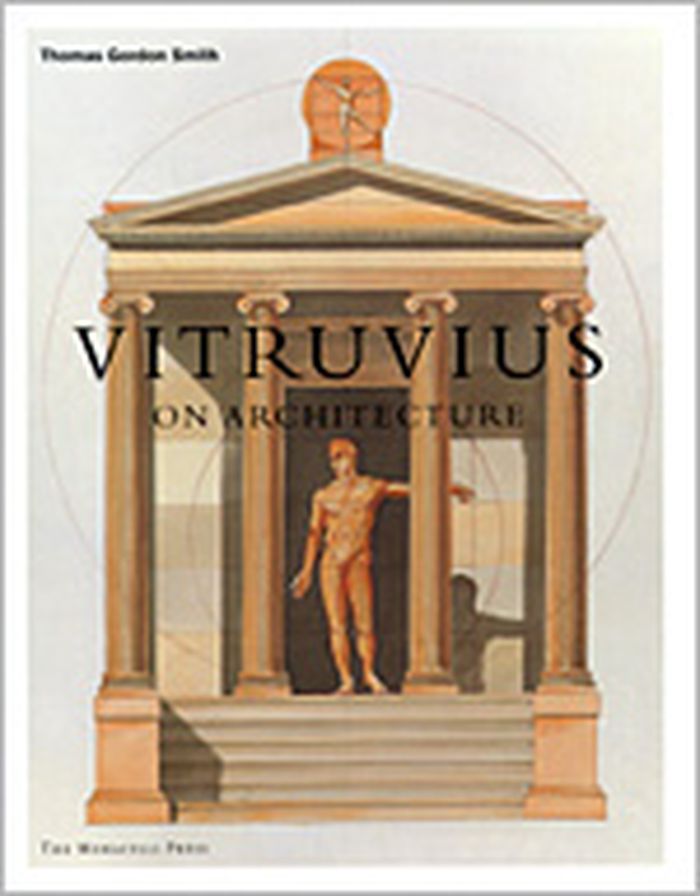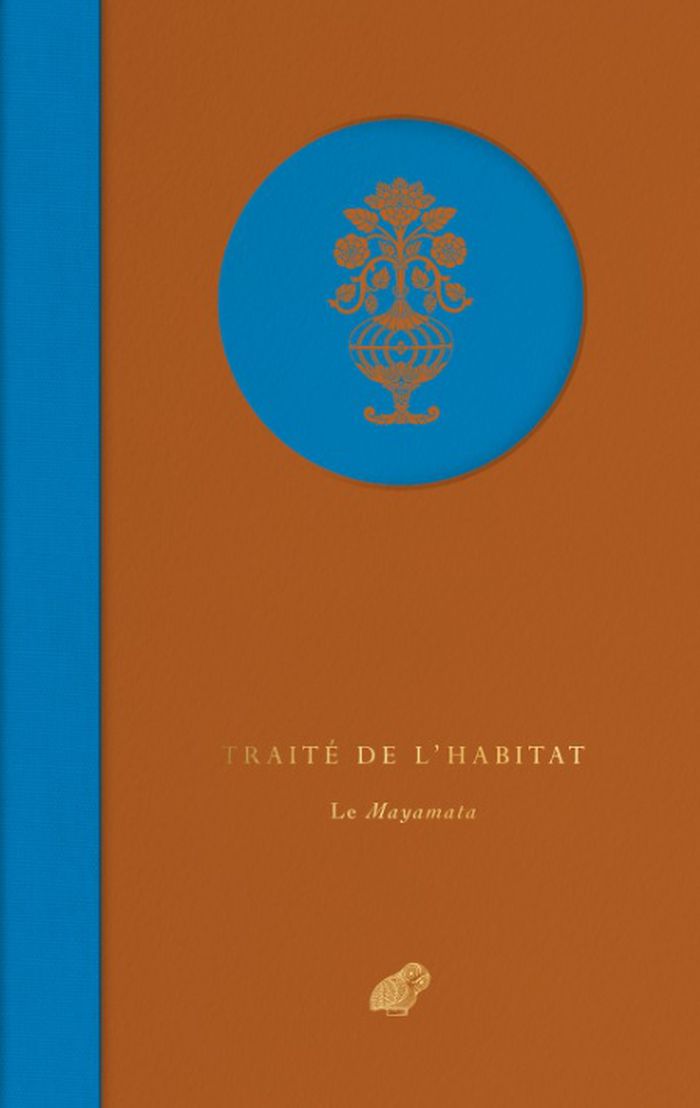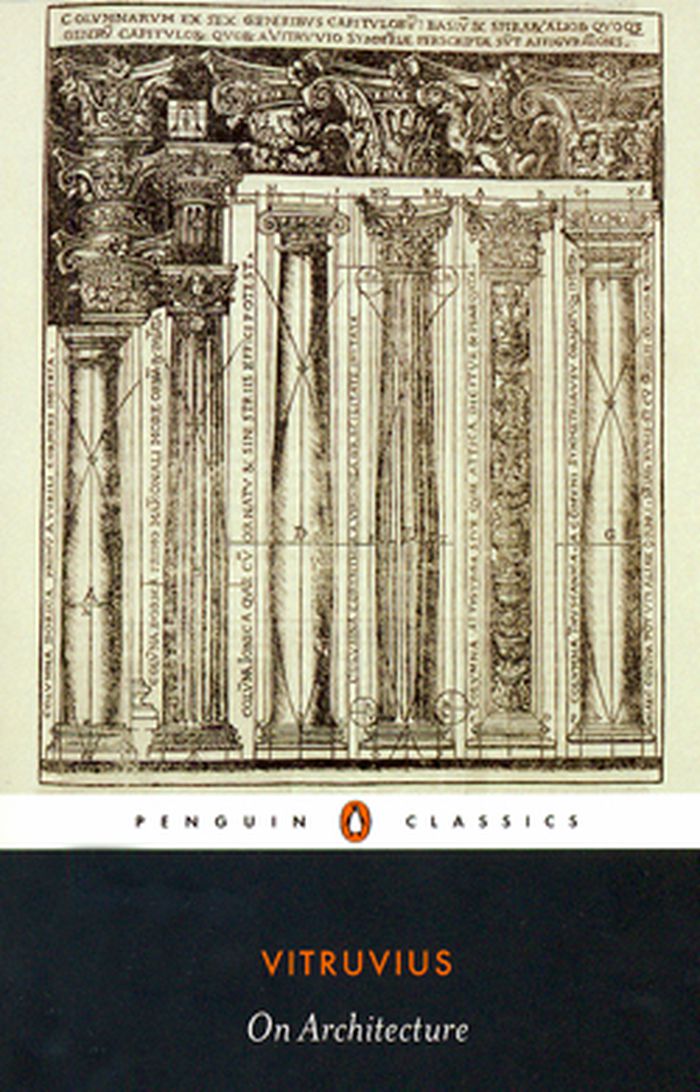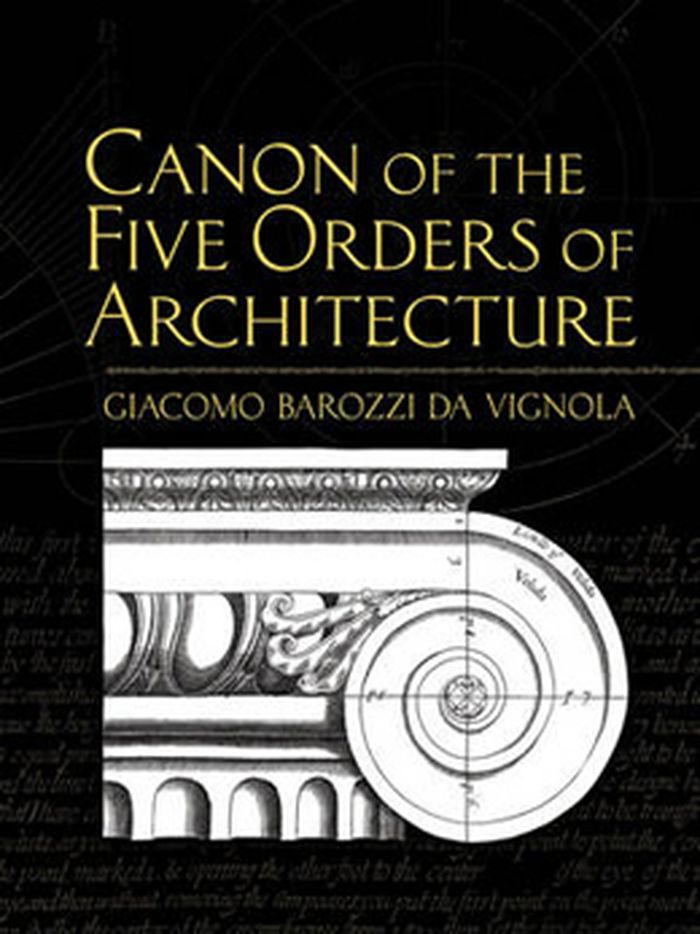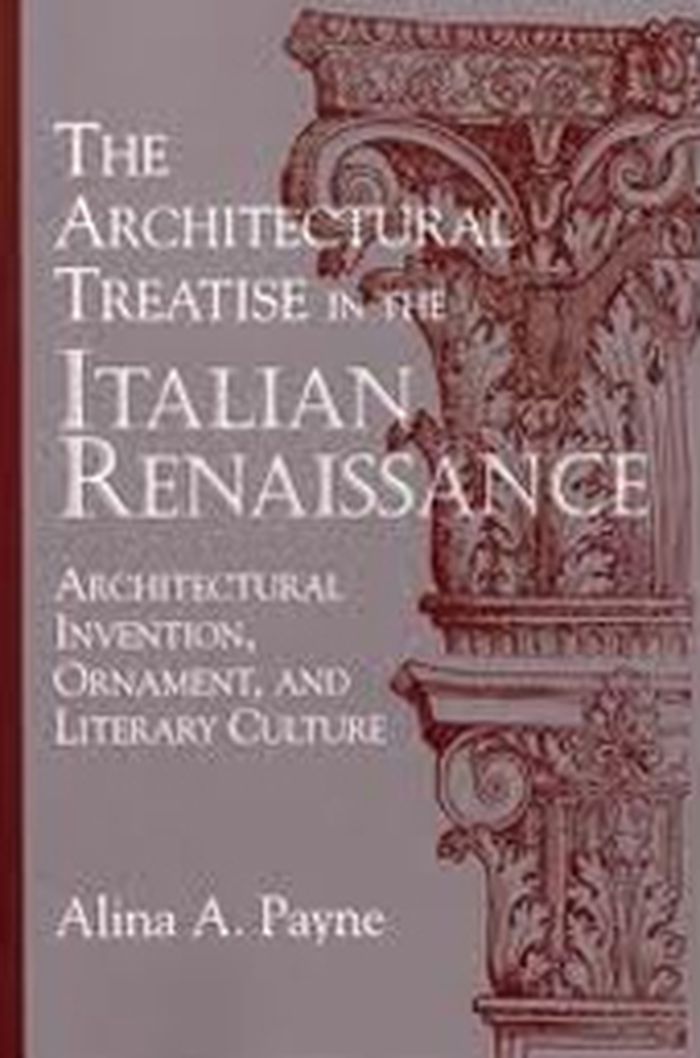livres
$127.50
(disponible sur commande)
Résumé:
Sebastiano Serlio (1475-1554) was the most important architectural writer and theorist of the sixteenth century; despite this, his writings have been virtually inaccessible until now. This translation of Serlio's five-volume treatise--he died before publishing two further volumes--replaces the only other English version, one that was produced in 1611 from an inaccurate(...)
Sebastiano Serlio on architecture : volume one
Actions:
Prix:
$127.50
(disponible sur commande)
Résumé:
Sebastiano Serlio (1475-1554) was the most important architectural writer and theorist of the sixteenth century; despite this, his writings have been virtually inaccessible until now. This translation of Serlio's five-volume treatise--he died before publishing two further volumes--replaces the only other English version, one that was produced in 1611 from an inaccurate Dutch translation of the Italian original. Vaughan Hart and Peter Hicks, working directly from Serlio's own corrected editions, here provide new access to his highly influential treatise. Serlio introduced northern Europe to the principles of classical design. When Christopher Wren was building St. Paul's Cathedral and when John Wood designed the streets of Bath, for example, both architects had Serlio's books on hand. Serlio begins with the rules of geometry and perspective, and continues with a description of the ornamental splendor of the baths, temples, arches, and palaces of ancient Rome. He includes advice on how to incorporate classical features into interior designs. In an innovative discussion of Tuscan, Doric, Ionic, and Corinthian columns, to which he added Composite, Serlio established a canon of Five Orders that held authority for over a century. He illustrates the use of these orders in twelve temple designs. Serlio's attempt to codify the rules of a design language that utilized tradition while facilitating invention mirrors similar efforts by architects in the twentieth century to establish an architectural order through rules governing proportion and form. Serlio's beautiful woodcut illustrations are reproduced in this edition, which also includes a thorough introduction, commentary, and glossary of terms.
livres
octobre 1996, New Haven
Traités
Vitruvius on architecture
$50.00
(disponible en magasin)
Résumé:
"Vitruvius on Architecture" presents not only a new translation of the five books most relevant to contemporary architecture but also new drawings and watercolors that illustrate, certainly for the first time since ancient days, Vitruvius’s methods of proportion and composition. Architect and educator Thomas Gordon Smith re-created these finely detailed illustrations(...)
Vitruvius on architecture
Actions:
Prix:
$50.00
(disponible en magasin)
Résumé:
"Vitruvius on Architecture" presents not only a new translation of the five books most relevant to contemporary architecture but also new drawings and watercolors that illustrate, certainly for the first time since ancient days, Vitruvius’s methods of proportion and composition. Architect and educator Thomas Gordon Smith re-created these finely detailed illustrations directly from the text, both the clearly written descriptions and examples of temple architecture are cited. Photographs of these buildings and details of their architecture are also included in this volume. The author, in an introduction both scholarly and personal, discusses what is known of Vitruvius himself as well as his influence generations of architects. This new edition of an ancient tome is intended for practical application, as an indispensable reference for classical studies, and as an incontrovertible example of the enduring value of the architecture of antiquity for contemporary education and practice.
Traités
livres
$87.50
(disponible sur commande)
Résumé:
Translated by Robert Tavernor and Richard Schofield.
The four books on architecture
Actions:
Prix:
$87.50
(disponible sur commande)
Résumé:
Translated by Robert Tavernor and Richard Schofield.
livres
juillet 1997, Cambridge, Mass.
Traités
$41.95
(disponible en magasin)
Résumé:
Ce traité sanskrit d’architecture, rédigé par un auteur inconnu résidant dans l’Inde méridionale, est l’un des textes les plus complets au sujet des bâtiments et des agglomérations de l’Inde classique, notamment en pays tamoul et malayalam. Combinaison de considérations techniques, pratiques et religieuses, le « Mayamata » indique comment choisir le site d’une(...)
Traité de l'habitat : La Mayamata
Actions:
Prix:
$41.95
(disponible en magasin)
Résumé:
Ce traité sanskrit d’architecture, rédigé par un auteur inconnu résidant dans l’Inde méridionale, est l’un des textes les plus complets au sujet des bâtiments et des agglomérations de l’Inde classique, notamment en pays tamoul et malayalam. Combinaison de considérations techniques, pratiques et religieuses, le « Mayamata » indique comment choisir le site d’une construction suivant la classe sociale de ses futurs occupants, quel plan et quelle orientation adopter pour une maison d’habitation, un palais ou un temple garantissant le bien-être de ses résidents, quelles techniques constructives il convient d’utiliser dans chacun de ces cas. Il détaille la cérémonie à réaliser lors de la pose de la première pierre ou lors de la prise de possession du bâtiment, décrit le mobilier, le linga (représentation phallique symbolique de Siva) et la façon de figurer les dieux dans les édifices. La présente édition illustrée, aux allures de carnet d’architecte, reprend des extraits de la traduction du « Mayamata », revue pour l’occasion par Bruno Dagens, avec un appareil de notes allégé et une nouvelle introduction resituant ce traité des points de vue historique, géographie, mais aussi par rapport à l’ensemble de la tradition indienne classique d’écrits sur l’architecture et l’art d’habiter.
Traités
Vitruvius: On architecture
$27.00
(disponible en magasin)
Résumé:
The only antique treatise on architecture to have survived from Roman times; composed in ten books, On Architecture was influenced by Vitruvius's practical professional experiences and travels, as well as his admiration for Greek culture of the previous three centuries, which he regarded as the Golden Age for art and architecture. Richard Schofield's new translation.
Vitruvius: On architecture
Actions:
Prix:
$27.00
(disponible en magasin)
Résumé:
The only antique treatise on architecture to have survived from Roman times; composed in ten books, On Architecture was influenced by Vitruvius's practical professional experiences and travels, as well as his admiration for Greek culture of the previous three centuries, which he regarded as the Golden Age for art and architecture. Richard Schofield's new translation.
Traités
$17.50
(disponible sur commande)
Résumé:
One of history's most published architectural treatises, this Renaissance volume solidified the architectural canon of the past five centuries. The distinguished architect known as Vignola identified the five orders - Tuscan, Doric, Ionic, Corinthian, and Composite - and illustrated them in full-page elevational detail. Accessible even to lay readers.
Canon of the five orders of architecture
Actions:
Prix:
$17.50
(disponible sur commande)
Résumé:
One of history's most published architectural treatises, this Renaissance volume solidified the architectural canon of the past five centuries. The distinguished architect known as Vignola identified the five orders - Tuscan, Doric, Ionic, Corinthian, and Composite - and illustrated them in full-page elevational detail. Accessible even to lay readers.
Traités
$52.95
(disponible sur commande)
Résumé:
Vitruvius' Ten Books of Architecture was the fountainhead of architectural theory in the Italian Renaissance. Offering theoretical and practical solutions to a wide variety of architectural issues, this treatise did not, however, address all of the questions that were of concern to early modern architects. This study examines the Italian Renaissance architect's efforts to(...)
The architectural treatise in the Italian Renaissance
Actions:
Prix:
$52.95
(disponible sur commande)
Résumé:
Vitruvius' Ten Books of Architecture was the fountainhead of architectural theory in the Italian Renaissance. Offering theoretical and practical solutions to a wide variety of architectural issues, this treatise did not, however, address all of the questions that were of concern to early modern architects. This study examines the Italian Renaissance architect's efforts to negotiate between imitation and reinvention of classicism. Through a close reading of Vitruvius and texts written during the period 1400-1600, Alina Payne identifies ornament as the central issue around which much of this debate focused.
Traités
